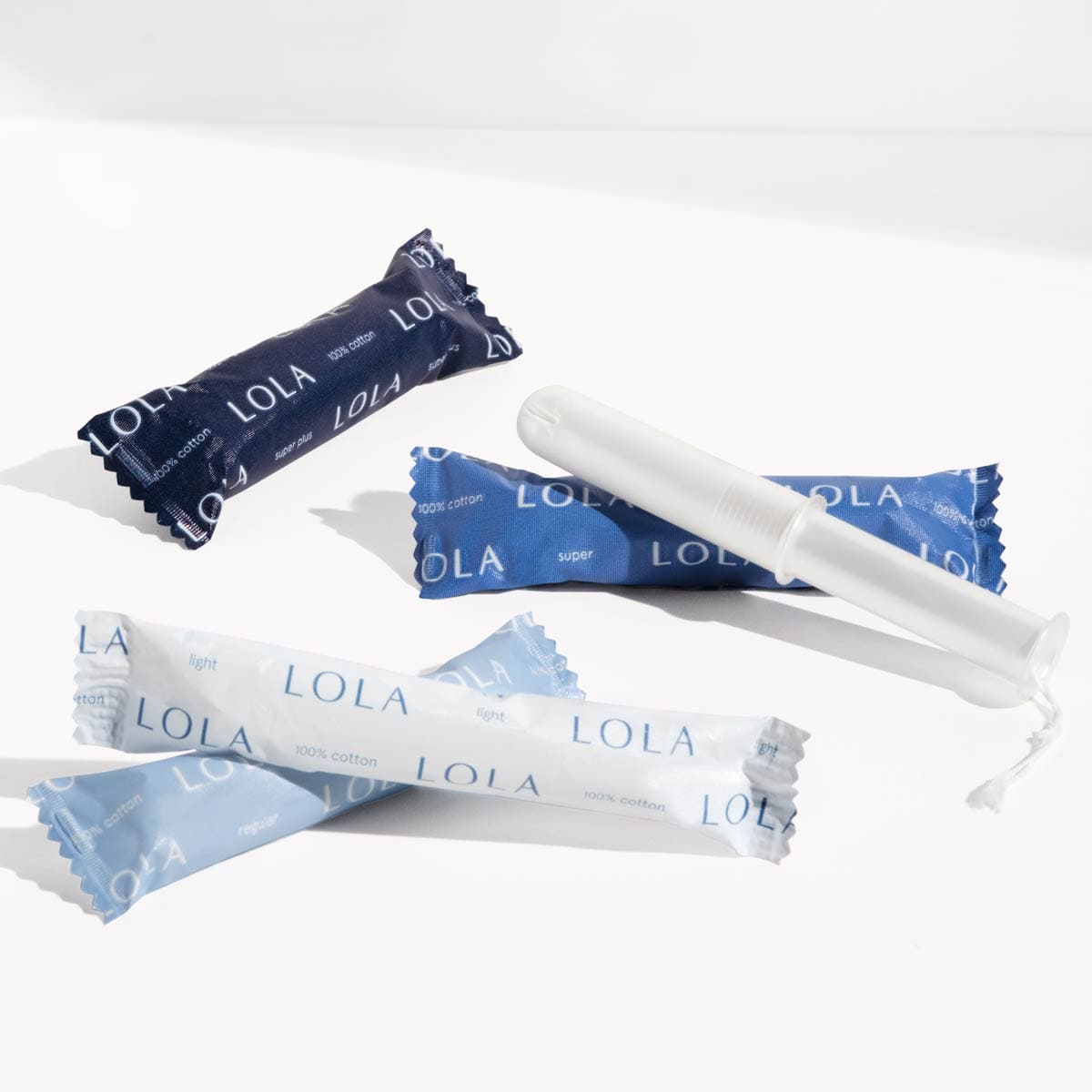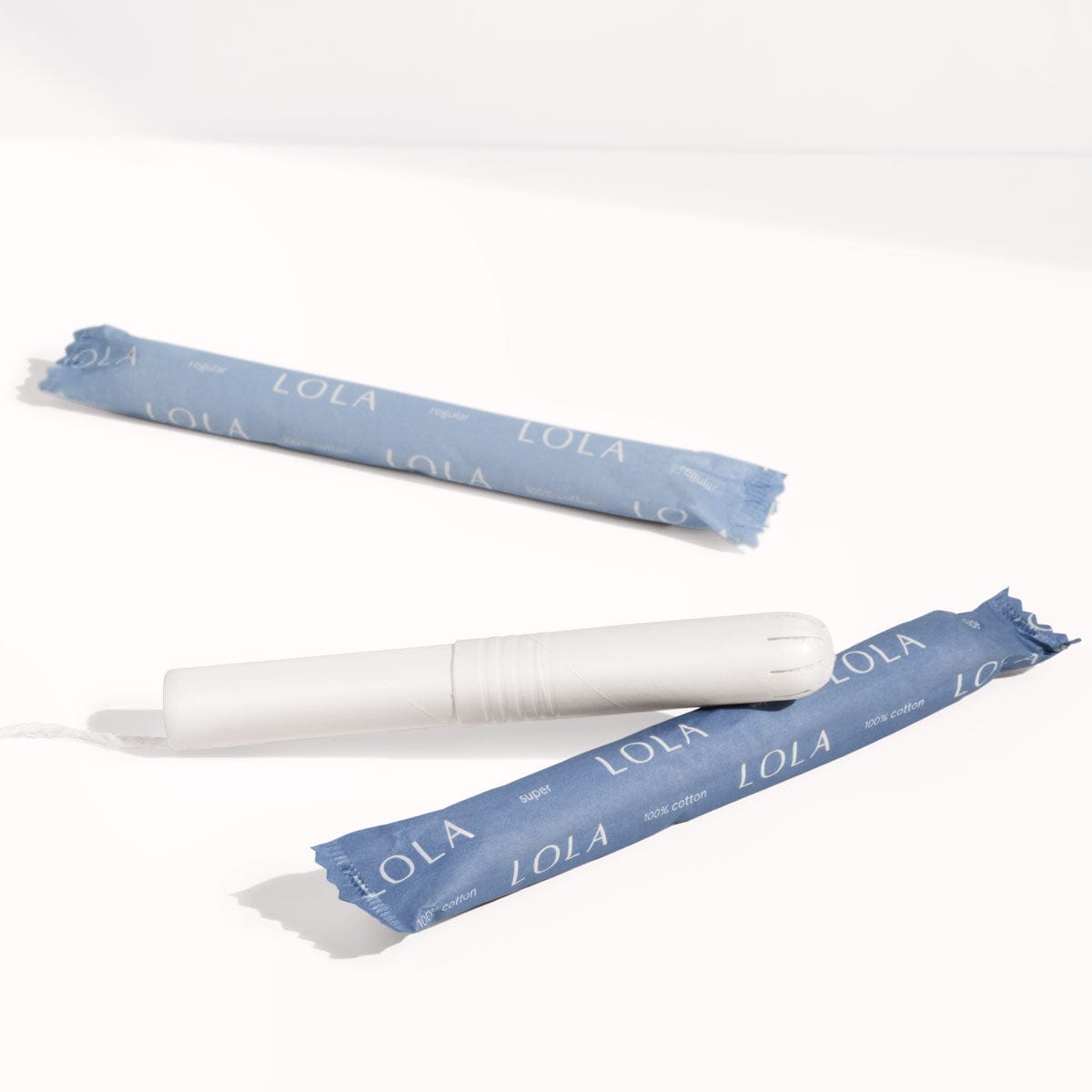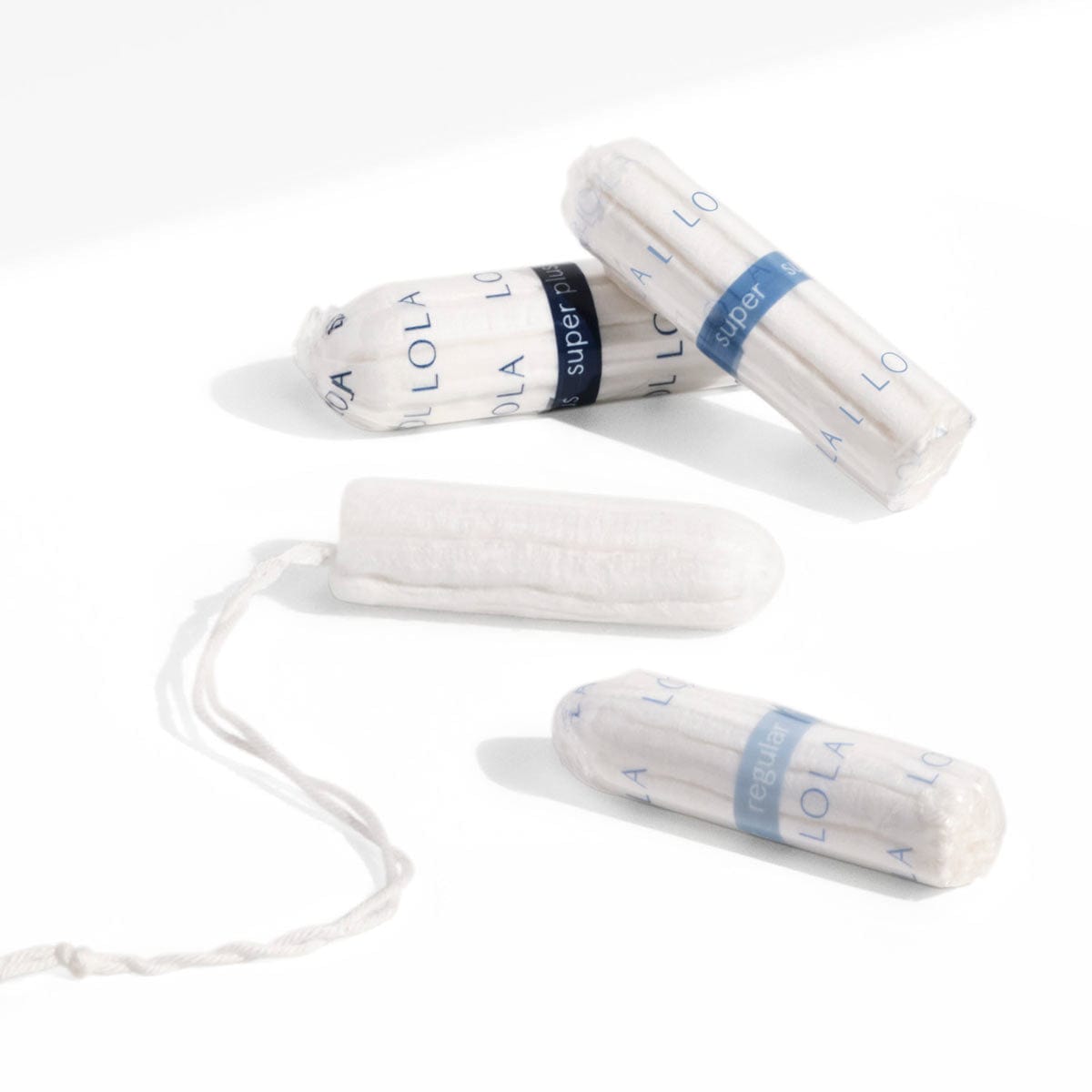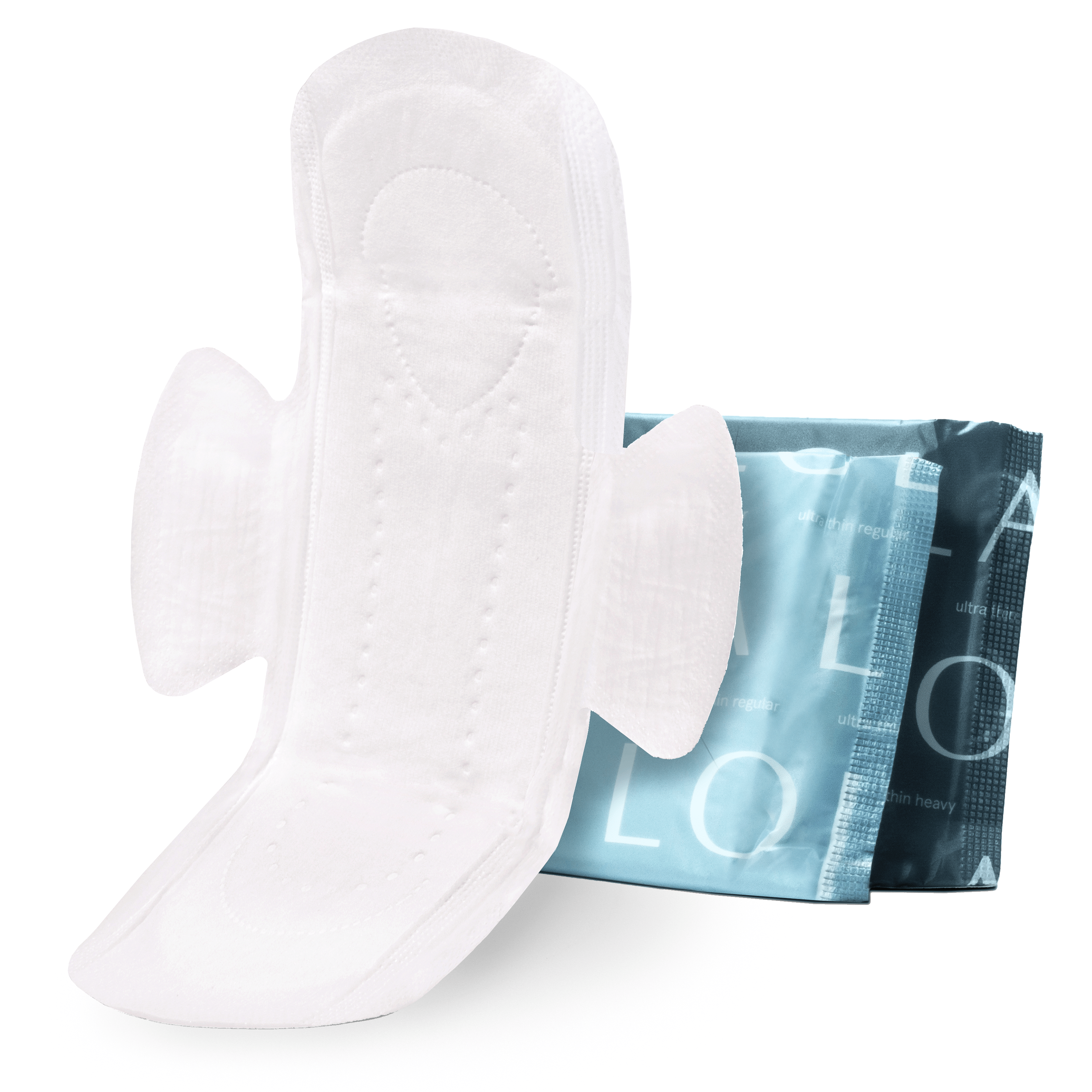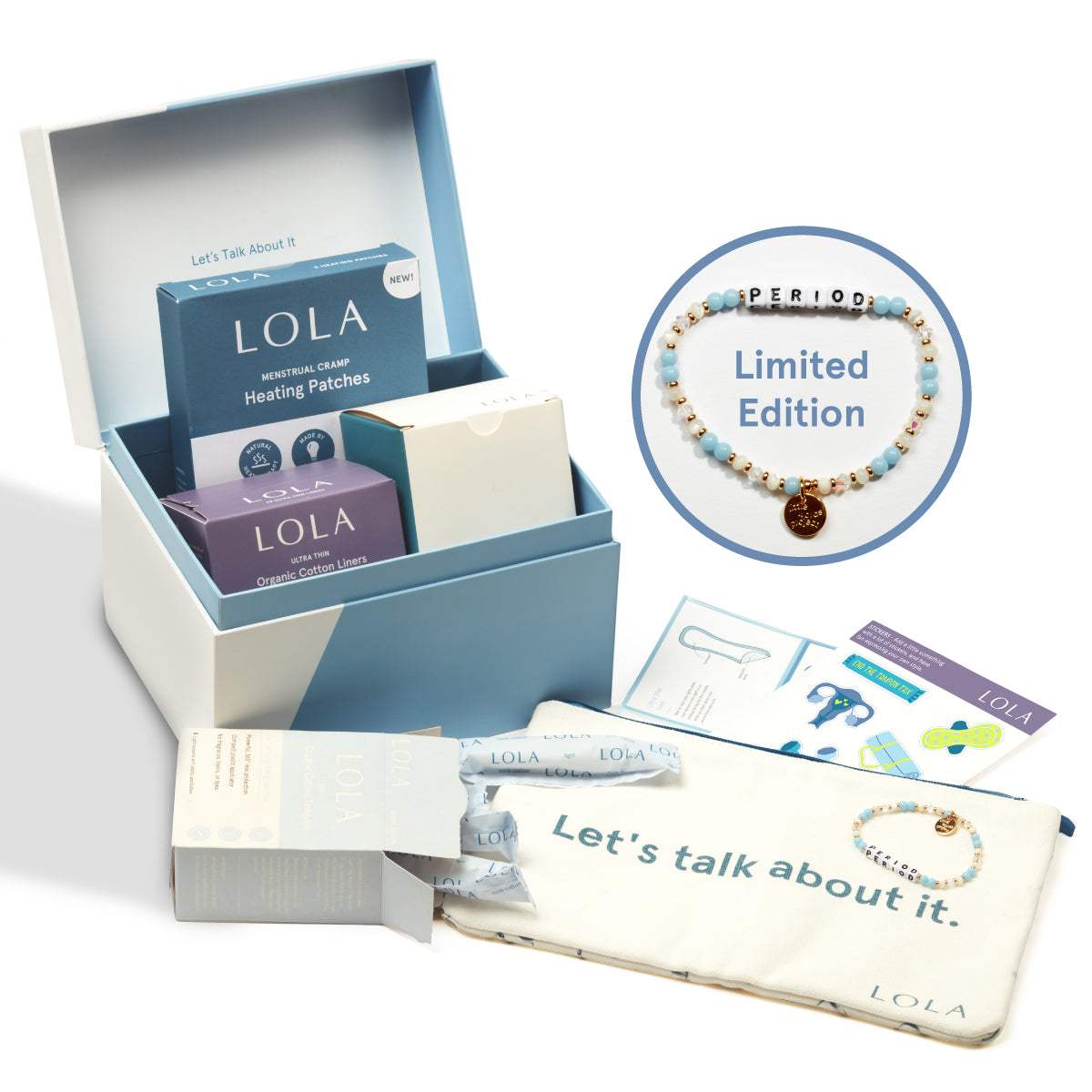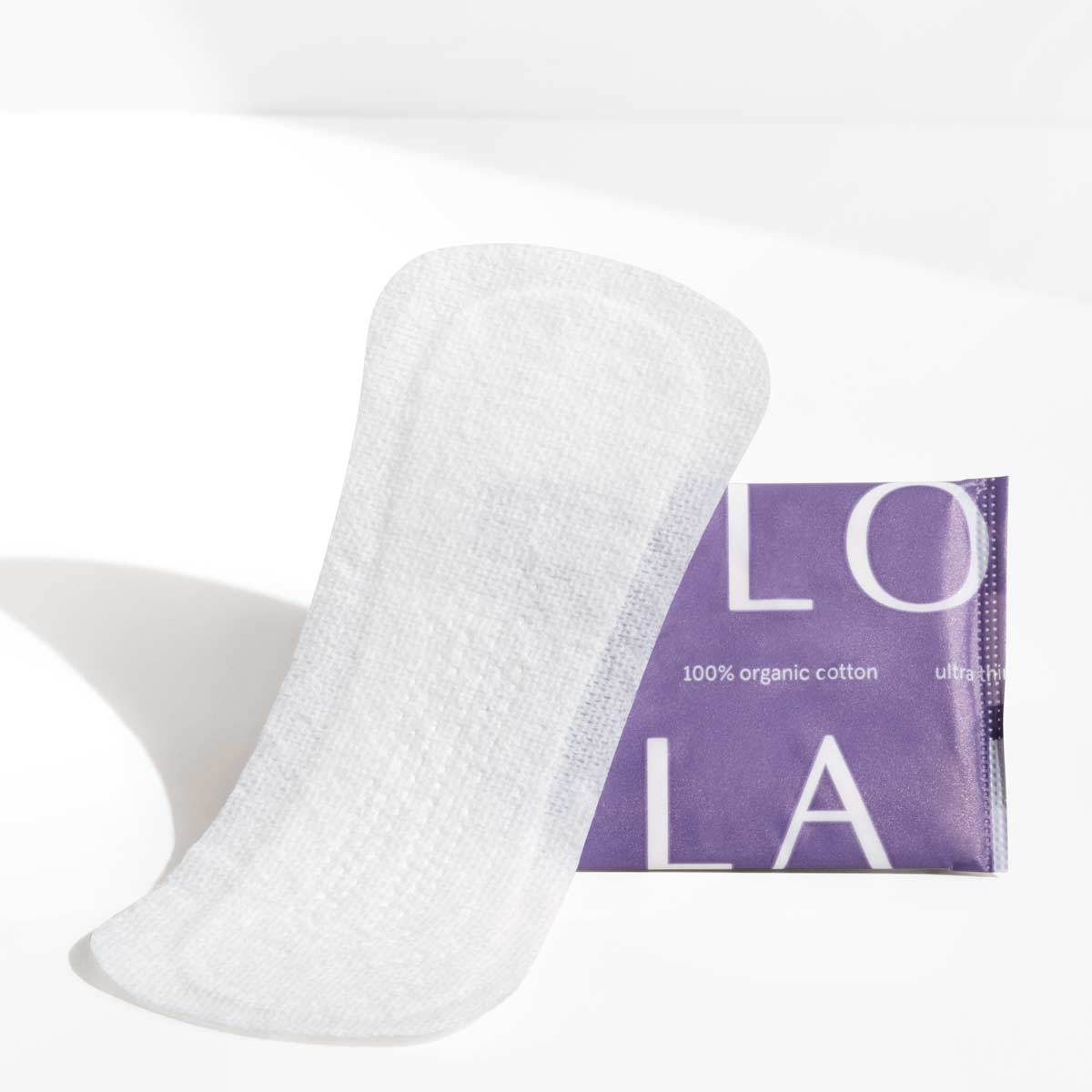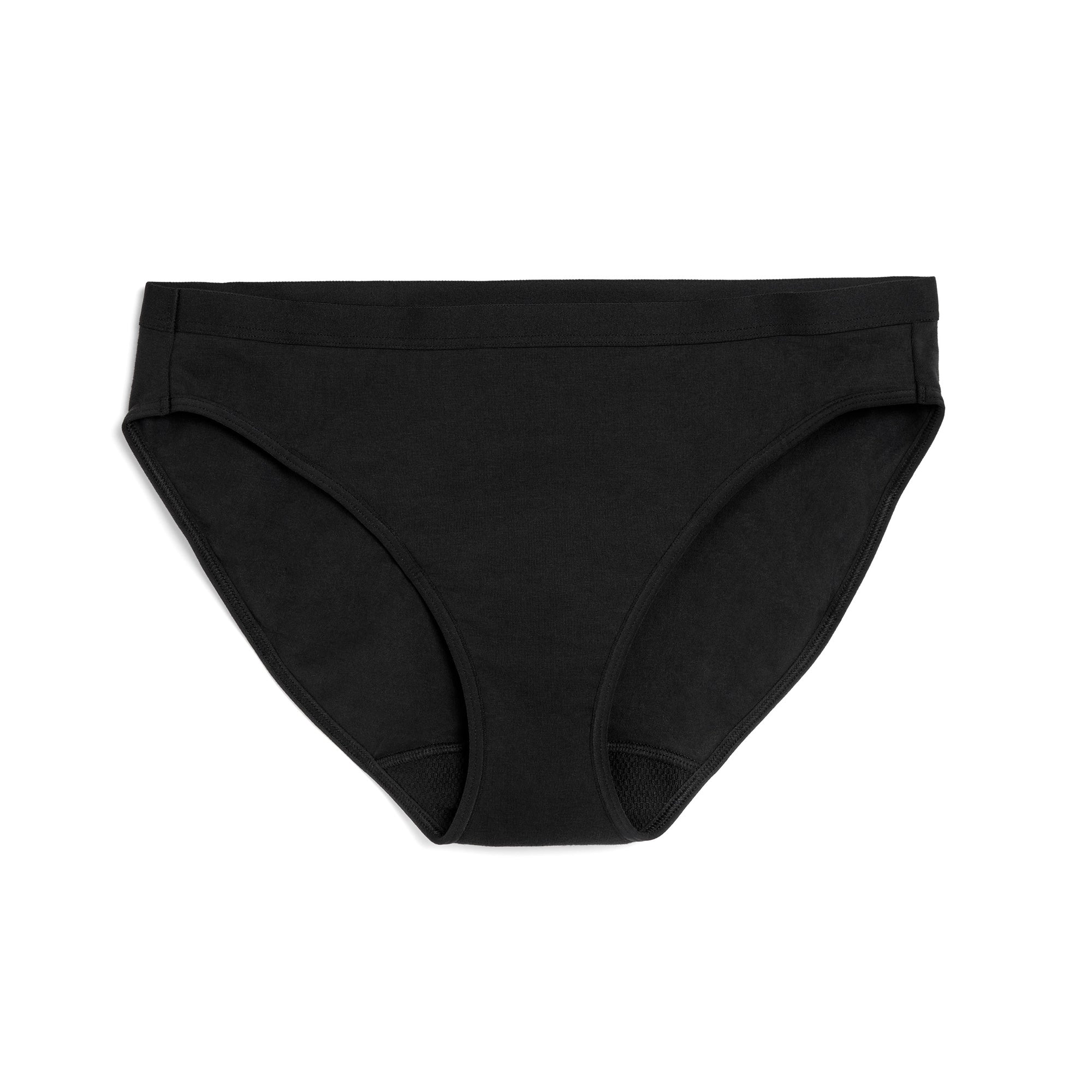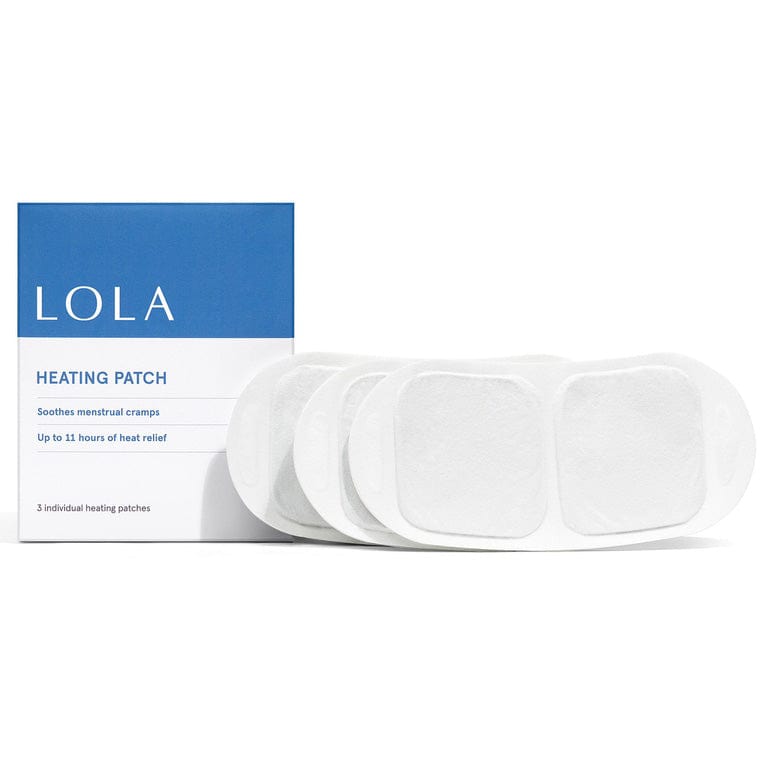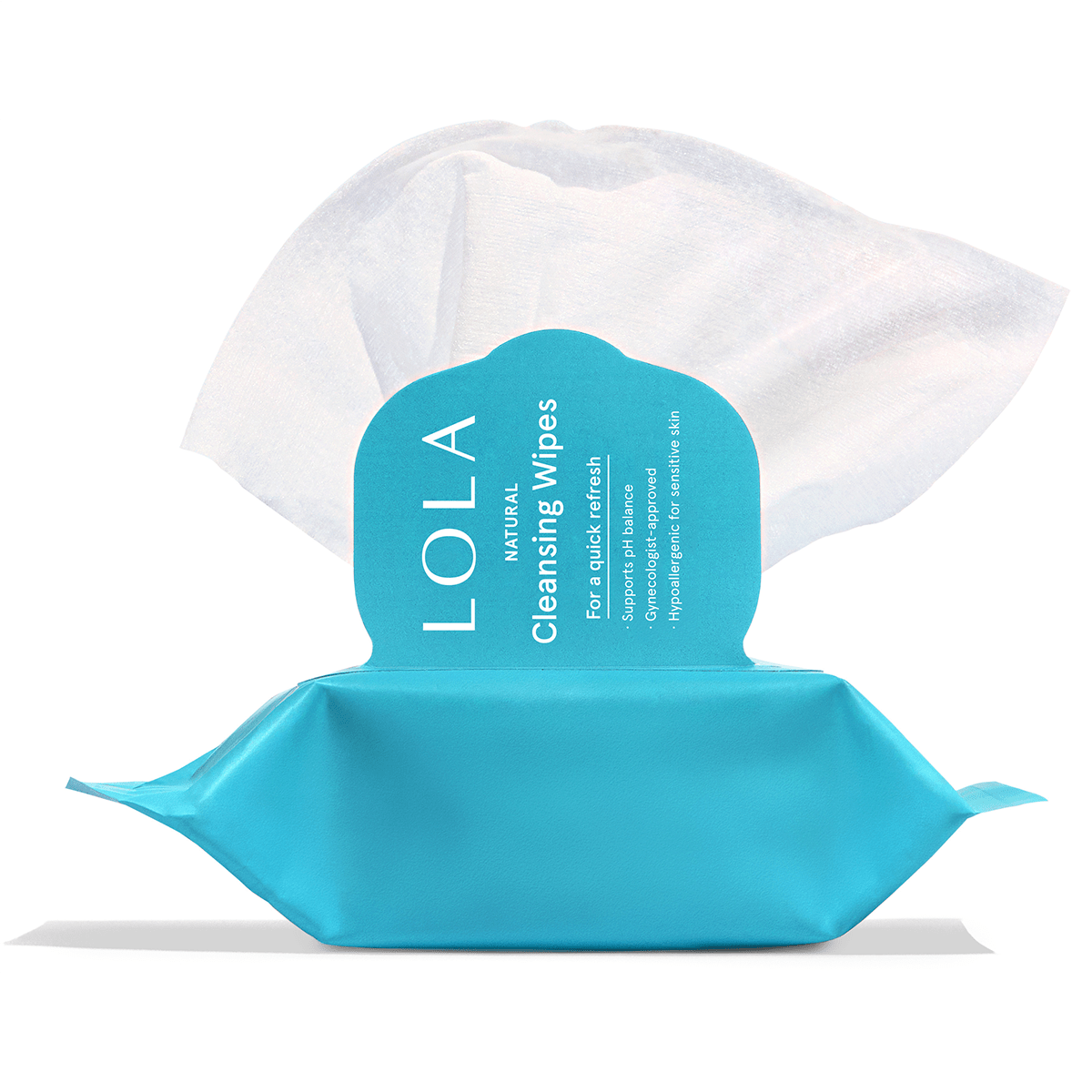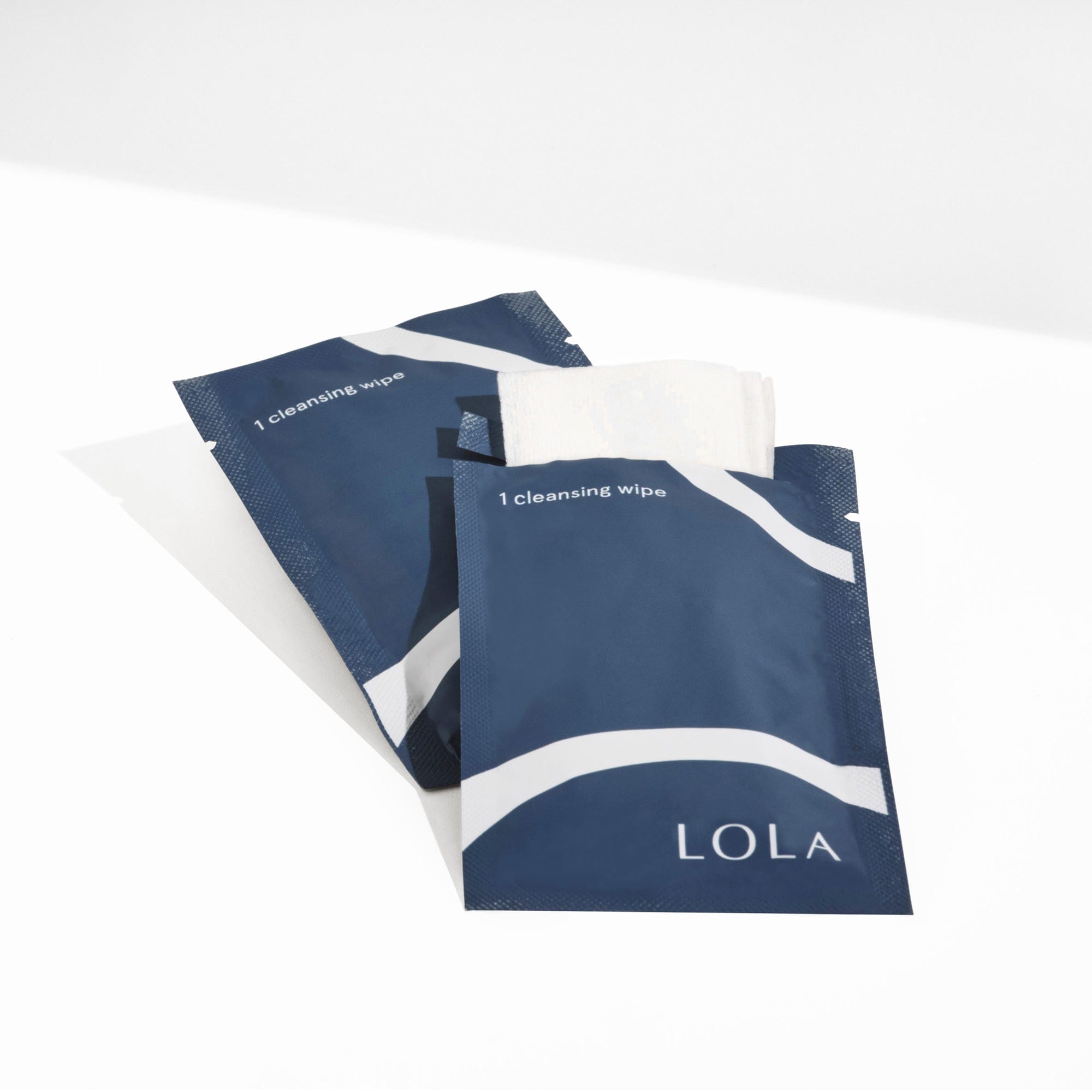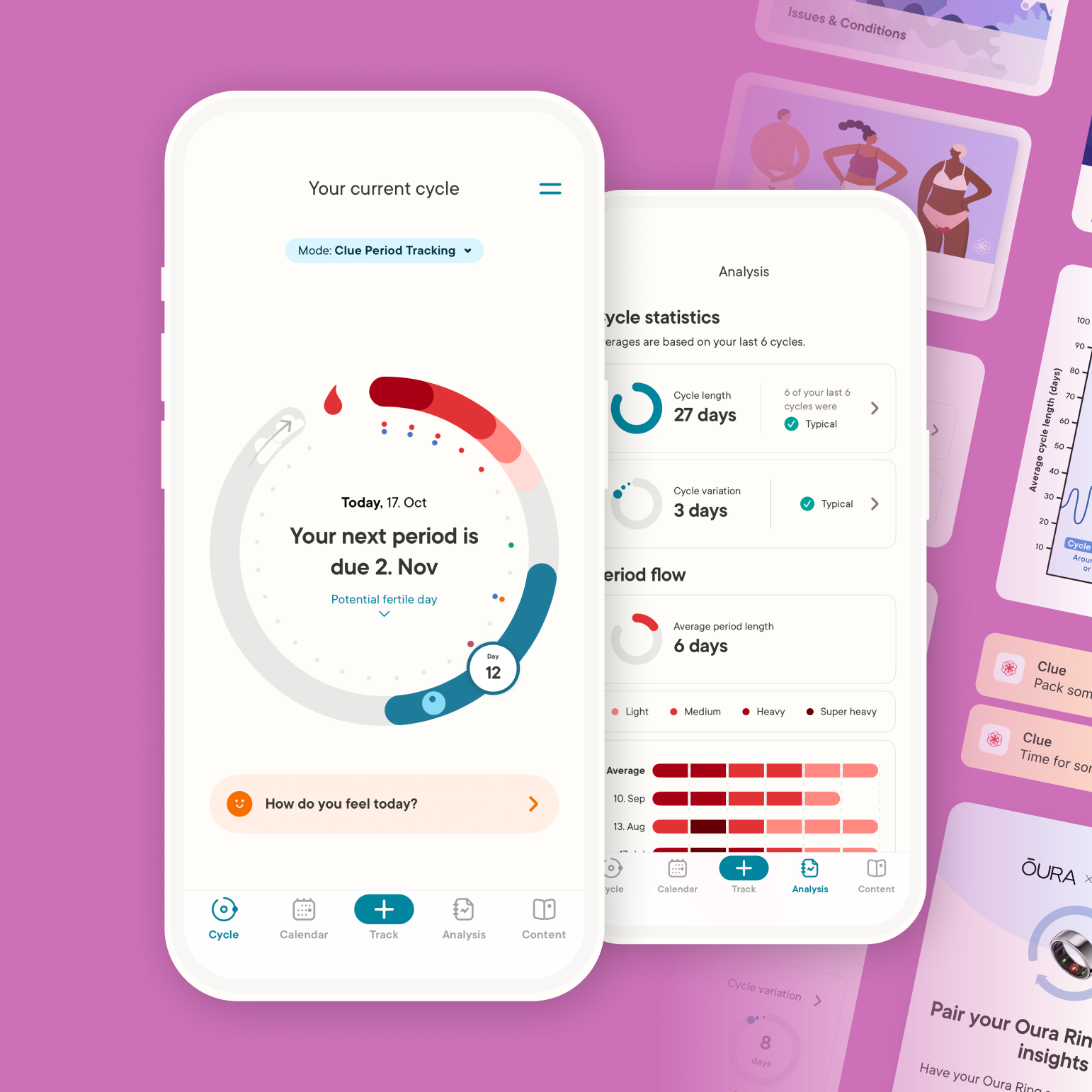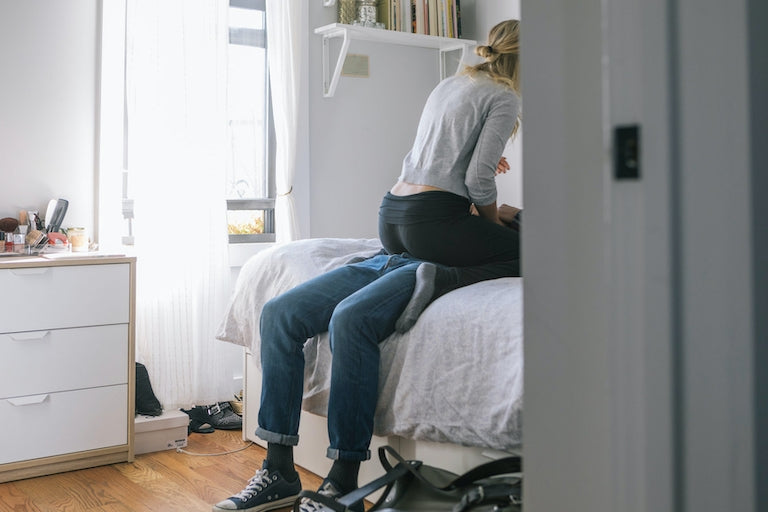Like Bigfoot or the elusive nature of love, the G-spot is a mysterious beast. The erogenous zone located inside the vagina has been said to induce crazy amounts of pleasure. But, since it's discovery by German gynecologist, Ernst Gräfenberg, in the 1950s, its existence has been hotly debated. Some studies claim it exists, while some G-spot deniers suggest the pleasure center is a hoax. But for women who claim to have had vaginal orgasms, the G-spot is very, very real. So where is it, exactly, and how can you find it?
Where to Find The Female G Spot?
Technically speaking, the G-spot is a formation of tissue around the upper urethra that's ripe with super sensitive nerve endings. Unlike the clitoris, which is located on the anterior of the vulva, the G-spot is harder to reach and requires a bit more recon. If you can't quite put your finger on it (pun intended), you're not alone. Dr. Rosara Torrisi, founder of the Long Island Institute of Sex Therapy, believes the G-spot is definitely real and gave us the following guide to finding the magical spot: "Look at your middle finger. From the tip of the finger to the second knuckle is how far into the vagina your G-spot will be. It's located toward the pubic bone and the best way to feel it is by making a 'come hither' motion using the index and ring fingers."
Whether you look by yourself or have a partner lend a hand, Dr. Torrisi notes that throughout the quest "communication and self-knowledge are key," and once the G-spot is located "desired pressure may vary." If you still have trouble finding it using your digits alone, try one of the many sex toys created specifically to reach it. Or, simply try another spot: other erogenous zones have gained popularity in recent years, like the A-spot, or anterior fornix, which is located between the cervix and bladder; or the U-spot, the soft tissue at the opening of the urethra.
Is the G Spot Real?
In the most extensive G-spot study ever conducted, researchers found that the idea of the G-spot is completely subjective. However, their research also (and maybe more importantly) indicated that 56% of their participants claimed to have a G-spot. That's to say, whether the spot is real or not, nothing should prevent you from getting to know your own body. Looking is part of the fun, and Torrisi mentions that erogenous zones "change throughout a lifetime due to injury, illness, hormonal changes, pregnancy and birth, aging joints, and changes in muscle structure" so it's important to keep on exploring and re-exploring the ways your body receives pleasure." Whatever you do, don't get too frustrated; everyone's body is different and no two people experience pleasure the same.
Check out our awesome sexual wellness products, including our natural condoms and our sex lubricant!
